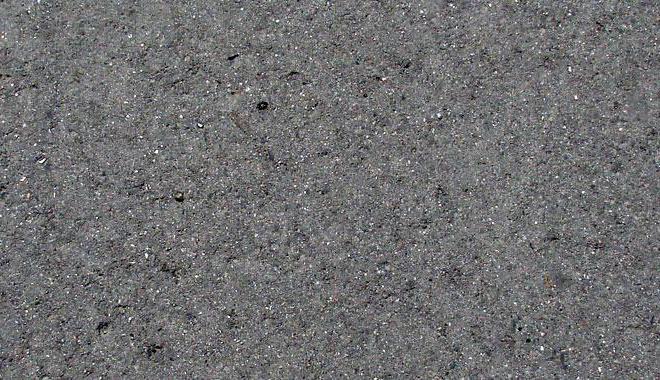All types of asphalts used to strengthen the roadbed consist mainly of two components: bitumen and mineral chips. The latter is made in accordance with GOST 9128 from very durable materials. Bitumen for asphalt can be used in different grades.
Features of production technology
Natural bitumen is usually located near oil fields in the form of lenses. However, in industry and road construction, the second type of this material is more often used - artificial. They make such bitumen from oil products. Usually it is tar and extracts of selective oil purification.
Composition of asphalt and its varieties
The composition of the mixture intended for paving roads, in addition to bitumen, may include components such as sand and gravel. Using the first, sand asphalt is made. Sometimes mineral powder and gravel are also added to the mixture. This is a very common type of coating. Such asphalt concrete is called crushed stone. Also, this road material is sometimes made using gravel. In this case, crushed stone and mineral powder are added to the mixture. Asphalt of this variety is called gravel.
The ratio of all these components may vary depending on the purpose of the mixture. So, for pedestrian walkways, asphalt made using fine sand and gravel is used. The bottom layer of the roadway is usually made from a mixture of a slightly different composition. In this case, asphalt is made using only very large gravel. The top layer of roads is poured with smoother asphalt. It includes crushed stone of small fractions.
Bitumen grade for asphalt
Thus, the type of filler used affects the strength of the material of this type, and therefore the scope of its application. However, the composition of the asphalt and its quality are no less dependent on the brand of bitumen mixed into it. For the production of mixtures of this type, a special material of this kind is usually used. It is called road bitumen and is marked with the letters BND. The main parameter by which this material is classified is the temperature regime.
Under certain conditions, without exception, all bitumens begin to melt. Depending on the exact moment this happens, the material can be used in a particular region of the country. In order to determine in what conditions it is possible to use this particular bitumen for asphalt, you should first look at its marking. The numbers present in it show the viscosity range of this material. Currently, asphalt production uses only five varieties of road bitumen: BND 40/60, 60/90, 90/130, 130/200, 200/300. The hotter the climate, the more viscous material should be used in the manufacture of pavement.

Of course, bitumen in asphalt should be present in sufficient quantities. Too much of this material is usually not used in the preparation of mixtures. Hot composition for paving should crumble, and not stick together. However, if there is not enough bitumen, various kinds of adverse processes begin to occur in asphalt over time. Water penetrates into it and, freezing in the winter period of time, tears it apart.
The main properties of BND
In addition to viscosity, bitumen for asphalt is characterized by properties such as:
Ductility. This indicator is determined by the distance at which the bitumen can be pulled into the thread without breaking it. The larger it is, the higher the adherence of the mixture. Road bitumen usually has a degree of ductility greater than 40 cm. The requirements for this indicator for BND are set at a temperature of 0 degrees C.
Deformative characteristics. When determining the suitability of bitumen for the manufacture of asphalt, attention is also paid to its properties such as elasticity, creep, ductility, brittleness, etc. They determine the deformative characteristics of this material. When heating bitumen, the latter should not change too much.
Liquid compounds in construction
Bitumen for asphalt usually has a very high degree of viscosity. However, sometimes when pouring coatings, liquid varieties of this material are also used. They are mainly used to lengthen the season of road works. Liquid bitumen is added to viscous in certain proportions. As a result, the coating at low temperatures does not harden too quickly. Liquid bitumens are made from viscous by adding distillate fractions.
When performing repairs, medium viscosity material is also used. It is used to process an already cleared card. The bitumen consumption rate when laying asphalt in this case is not too large and is only 0.5 l / m 2 .
What additives may be present in BND?
In the production of road bitumen, among other things, various kinds of additives can be used. They are needed to change certain properties of this material. For example, in the manufacture of cold asphalt bitumen is used, which includes modifying components. As a result of their use after hardening, the coating does not crack in the cold and does not melt in the heat. When using MAK additives, bitumen acquires its final properties much faster.
What else is added to bitumen for asphalt? A very interesting variety of this material is obtained if colored mineral powders are used in the manufacturing process. From such bitumen, very beautiful asphalt is obtained. They put it in parks, on bicycle paths, and also use it for marking.